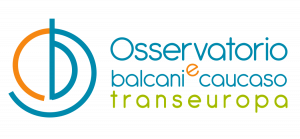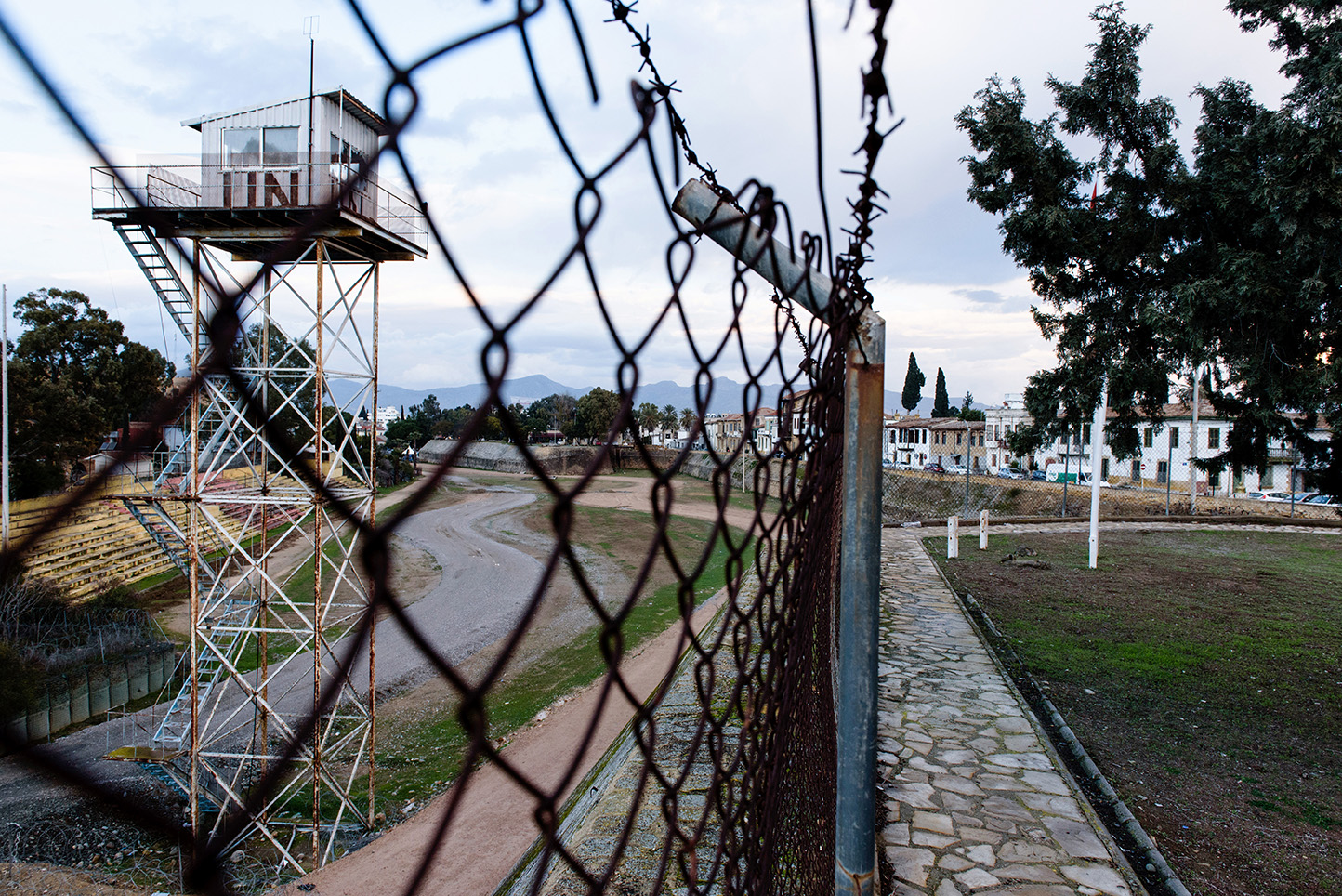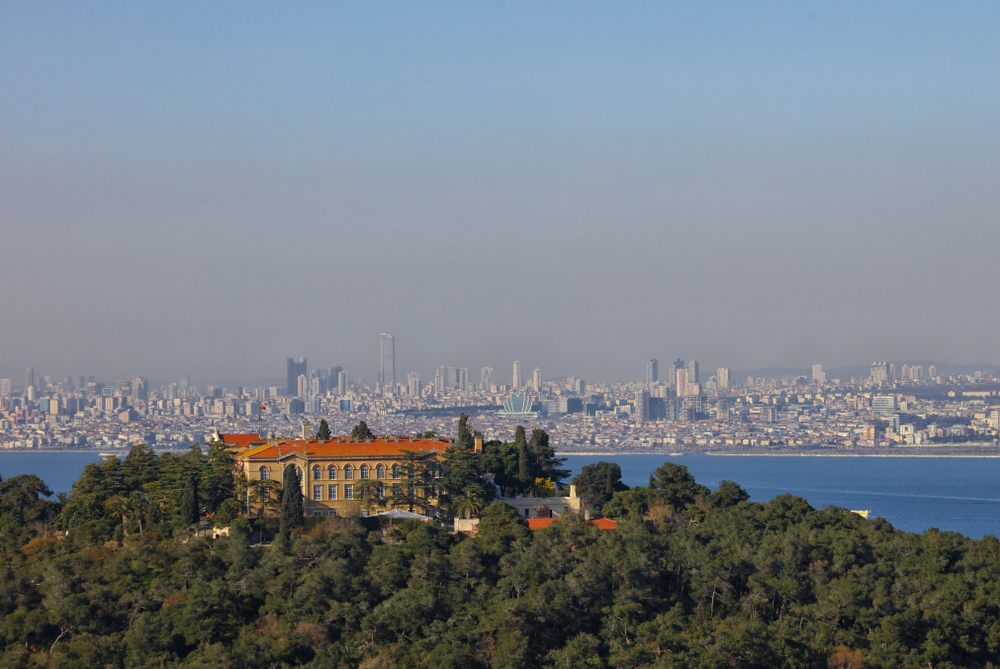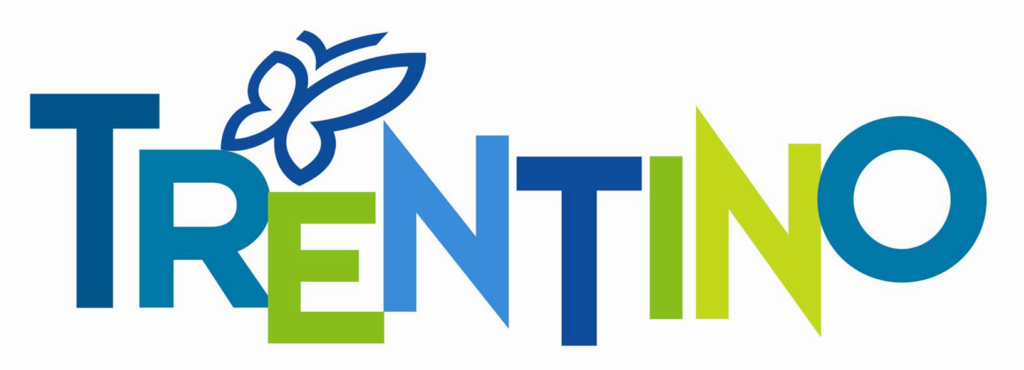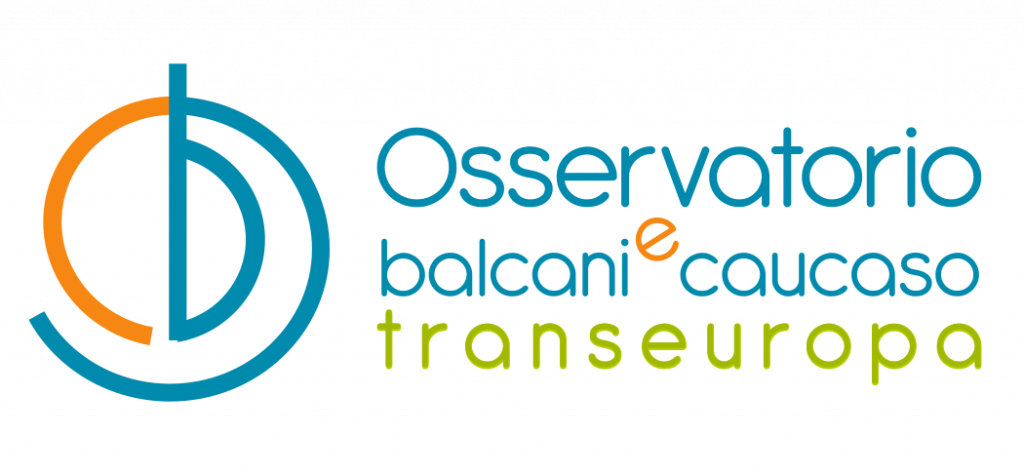Armenia, a free home at the border
In recent years, the Armenian government has launched a program to stimulate housing construction in border areas, with the aim of repopulating marginal areas. The initiative, also open to refugees from Nagorno Karabakh, has had an unexpected success

Armenia-una-casa-gratuita-al-confine
The new school in Gomk, Armenia - Foto A. Avetisyan
In recent years, Armenia’s border communities have been experiencing a revival. New houses are being built in several rural areas, as part of a government programme launched in 2022. Under this initiative, individuals are granted 16 million AMD (approximately €37,000) to build a home in the border regions of Tavush, Gegharkunik, Vayots Dzor, Ararat, and Syunik provinces. Initially set to conclude in 2024 with the construction of 2,000 homes, the programme has now been extended due to high demand.
The programme
Announced in 2022, the programme became particularly active in 2023.
The application process was made as simple as possible: applicants had to own land or a partially built structure in one of 80 designated border villages, choose from over 40 state-approved house designs (or submit their own approved design), and obtain a building permit.
Additional requirements included being married (with at least one spouse being an Armenian citizen) and having no outstanding debts or unpaid taxes. The funding is provided through a mortgage loan, with the government repaying the full amount directly to the bank in several installments based on construction progress.
Creditworthiness is not assessed since the repayment is state-funded. However, if construction costs exceed the allocated amount, the additional expenses must be covered by the individual. The programme is also available to forcibly displaced people from Nagorno-Karabakh.
Thanks to its accessible terms, the programme gained significant popularity and became one of the most in-demand government initiatives in 2023.
“The State Housing Support Programme in border rural settlements has been one of the most successful initiatives of 2024,” said Armenia’s Minister of Labour and Social Affairs. “Due to the overwhelming interest, the limit of 2,000 families was quickly reached. As a result, the programme was reopened for several communities in Tavush and the village of Gomk in Vayots Dzor. It is also available to those who received a construction permit before September 1, 2024.”
Gomk
Located in Vayots Dzor, the village of Gomk has a population of around 145 people. Though not officially a border village, it was included in the programme through a special government directive. In 2024, a newly constructed school opened in Gomk with a capacity for 100 students, despite the actual number being around 25. During the school’s opening ceremony, Prime Minister Nikol Pashinyan announced the launch of the second phase of the housing programme in Gomk, aimed at community development.
The plan allows for the construction of 30 houses in Gomk, five of which are reserved for certified teachers. Families must also have at least one child under the age of 13 to qualify.
For years, the village dreamed of warm, comfortable classrooms. Now, children often stay after school to gather in the gym. The number of students is already increasing, as children from neighbouring villages attend the school. Seventeen teachers work there, eight of whom commute from nearby communities.
Susanbar Mirazizyan has been teaching at the Gomk school for two years. She commutes with her son from the nearby village of Zaritap. Inspired by the possibility of building a home through the state programme, she hopes to continue working in education—without the daily 10-kilometre commute.
“Honestly, at first I came here just for the job. But after I arrived, I fell in love with the village. I enjoy working here, and I believe we should take root where we find nourishment. If I work here, why not live here too?” she says.
Land has already been allocated near the school for teacher-beneficiaries to build their homes. The area is convenient, and families can also engage in farming and animal husbandry. Locals are optimistic that this programme will mark a new stage of development for the village.
“A village must be filled with young people; otherwise, it fades away. Our village has great potential,” says Lusine Stepanyan, a local teacher.
Lusine was born, raised, and educated in Gomk, and has been teaching at her hometown school since 2021. Her daughter will soon join the school, and she is expecting a second child. She sees her native village as the best place for her children to grow up and receive their early education.
As in other communities benefiting from the programme, land demand in Gomk has surged. The government expects this unprecedented initiative to become not only a housing solution, but also a driving force for rural development—expanding to more communities and more beneficiaries.
Armenia, a free home at the border
In recent years, the Armenian government has launched a program to stimulate housing construction in border areas, with the aim of repopulating marginal areas. The initiative, also open to refugees from Nagorno Karabakh, has had an unexpected success

Armenia-una-casa-gratuita-al-confine
The new school in Gomk, Armenia - Foto A. Avetisyan
In recent years, Armenia’s border communities have been experiencing a revival. New houses are being built in several rural areas, as part of a government programme launched in 2022. Under this initiative, individuals are granted 16 million AMD (approximately €37,000) to build a home in the border regions of Tavush, Gegharkunik, Vayots Dzor, Ararat, and Syunik provinces. Initially set to conclude in 2024 with the construction of 2,000 homes, the programme has now been extended due to high demand.
The programme
Announced in 2022, the programme became particularly active in 2023.
The application process was made as simple as possible: applicants had to own land or a partially built structure in one of 80 designated border villages, choose from over 40 state-approved house designs (or submit their own approved design), and obtain a building permit.
Additional requirements included being married (with at least one spouse being an Armenian citizen) and having no outstanding debts or unpaid taxes. The funding is provided through a mortgage loan, with the government repaying the full amount directly to the bank in several installments based on construction progress.
Creditworthiness is not assessed since the repayment is state-funded. However, if construction costs exceed the allocated amount, the additional expenses must be covered by the individual. The programme is also available to forcibly displaced people from Nagorno-Karabakh.
Thanks to its accessible terms, the programme gained significant popularity and became one of the most in-demand government initiatives in 2023.
“The State Housing Support Programme in border rural settlements has been one of the most successful initiatives of 2024,” said Armenia’s Minister of Labour and Social Affairs. “Due to the overwhelming interest, the limit of 2,000 families was quickly reached. As a result, the programme was reopened for several communities in Tavush and the village of Gomk in Vayots Dzor. It is also available to those who received a construction permit before September 1, 2024.”
Gomk
Located in Vayots Dzor, the village of Gomk has a population of around 145 people. Though not officially a border village, it was included in the programme through a special government directive. In 2024, a newly constructed school opened in Gomk with a capacity for 100 students, despite the actual number being around 25. During the school’s opening ceremony, Prime Minister Nikol Pashinyan announced the launch of the second phase of the housing programme in Gomk, aimed at community development.
The plan allows for the construction of 30 houses in Gomk, five of which are reserved for certified teachers. Families must also have at least one child under the age of 13 to qualify.
For years, the village dreamed of warm, comfortable classrooms. Now, children often stay after school to gather in the gym. The number of students is already increasing, as children from neighbouring villages attend the school. Seventeen teachers work there, eight of whom commute from nearby communities.
Susanbar Mirazizyan has been teaching at the Gomk school for two years. She commutes with her son from the nearby village of Zaritap. Inspired by the possibility of building a home through the state programme, she hopes to continue working in education—without the daily 10-kilometre commute.
“Honestly, at first I came here just for the job. But after I arrived, I fell in love with the village. I enjoy working here, and I believe we should take root where we find nourishment. If I work here, why not live here too?” she says.
Land has already been allocated near the school for teacher-beneficiaries to build their homes. The area is convenient, and families can also engage in farming and animal husbandry. Locals are optimistic that this programme will mark a new stage of development for the village.
“A village must be filled with young people; otherwise, it fades away. Our village has great potential,” says Lusine Stepanyan, a local teacher.
Lusine was born, raised, and educated in Gomk, and has been teaching at her hometown school since 2021. Her daughter will soon join the school, and she is expecting a second child. She sees her native village as the best place for her children to grow up and receive their early education.
As in other communities benefiting from the programme, land demand in Gomk has surged. The government expects this unprecedented initiative to become not only a housing solution, but also a driving force for rural development—expanding to more communities and more beneficiaries.
